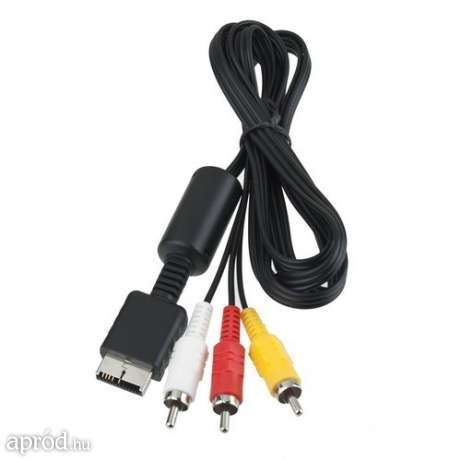Junk Is Starting To Look A Lot Less Junky (HYG JNK HYT HYB)
Post on: 15 Июнь, 2015 No Comment

As the Federal Reserve has kept interest rates near zero what seems like an eternity, investors clamoring for yield have turned towards all sorts of riskier asset classes to find that income. One of the major recipients have been high-yield or junk bonds. Investor’s flows into the riskier IOU’s surged over the last few years and have pushed yields on junk bonds down towards historic lows.
That is until the market’s recent hiccups.
Junk — along with many other assets — has seen their prices fall as investors have bailed on anything in the “risk” category. That’s potentially made the high-yielding bonds an interesting bargain. Even more so when you consider that the Fed won’t be raising rates too high in the near future. For investors looking to load-up on junk, the time to buy could be now. (For more, see: Junk Bonds: Everything You Need to Know .)
High-Yield Looking Good
If you remember, junk is often issued by firms with less-than-stellar credit (and greater default risk ) and historically feature higher coupon payments than U.S. Treasury or investment grade corporate debt. However, as investors have searched for income, junk saw its various yields plunge to lows not seen in decades. In fact, yields on junk debt briefly touched below 5% back in June.
However, with some global economic issues now themselves known, investors have been fleeing for the hills. Data from investment bank Jeffries, shows that investors have yanked over $30 billion from high-yield bond funds over the last three months. (For more, see: Will the High Times Continue in High Yield .)
That’s caused junk bond prices to fall, and given the inverse relationship. caused yields on junk to rise.
During the high times for high-yield in June, the spread between B-rated bonds and Treasuries was only 320 basis points. That’s about 200 basis points below its 25 year average. That spread is the difference and extra yield between “safety” and “risk.” After the rout, the difference is about 430 basis points. Meaning investors are getting a bit more “oomph” for choosing junk debt over safe treasury bonds. That spread continues to widen as you go down the credit rating scale. According to analysts at Morgan Stanley (MS ), the risk/reward of junk hasn’t been this juicy or attractive in over a year.
Adding to junk’s newfound attractiveness is the fact that default rates continue to be low. A recent report by ratings agency Moody’s Investors Service shows that defaults on junk bonds continue to remain quite low. The U.S. default rate for junk actually fell to 1.7% in September. That compares to 1.9% in August and 2.8% in September 2013. Moody’s predicts that the default rate will average 2.1% through the fourth quarter and 2.4% over the first half of 2015. Those numbers are below historical norms. (For more, see: Are High-Yield Bonds Too Risky? )
And given the market’s recent wonkiness, coupon clipping a 5-6% yield may not be such a bad deal.
‘Garbage Picking’ with ETFs

With junk now beginning to look attractive, investors may want to add the asset class to their portfolios. The two easiest ways could be can be found in exchange-traded funds (ETFs) — the SPDR Barclays High Yield Bond ETF (JNK ) and iBoxx $ High Yield Corporate Bond ETF (HYG ).
Both HYG and JNK fell hard during the first half of this month, but now offer much juicer yields for investors. The iShares ETF spreads its nearly $14 billion in assets among 988 different junk bonds from issuers such as Sprint Corp. (S ) and hospital operator HCA Holdings, Inc. (HCA ). That huge portfolio diminishes the effects of default risk down to really nil. HYG charges 0.50% in expenses and currently yields 5.7%. Not to be outdone, the $10 billion JNK tracks 757 bonds and yields 5.79%. (For more, see: 4 High-Yielding Junk Bond ETFs .)
Don’t Forget Closed-End Funds
Another option are the closed-end funds (CEFs) that deal with junk. CEFs issue a set amount of shares and trade on the various exchanges. That means they can be bought for discounts to what they are actually worth — their net asset values (NAVs). A simple screen at CEFConnenct.com shows that many — such as the BlackRock Corporate High Yield Fund (HYT ) and New America High Income Fund (HYB ) — are trading at high single-digit discounts to their net asset values as well as 8-9% dividend yields.
Another interesting option could be floating rate and senior bank loan funds. Similar to junk bonds, these loans are often made to firms with less-than-stellar credit. However, they feature coupons that fluctuate to changes to various interest rates such as LIBOR. As investors have fled risk assets, bank loan funds have been hit even harder than garden variety junk bonds. Now could be time snag up shares of the PowerShares Senior Loan ETF (BKLN ) and its 4.18% yield. (For more, see: Floating Rate Loans Look Attractive .)
The Bottom Line
For investors, the recent rout in junk bonds could be the buying opportunity they’ve been waiting for. Yields are up and prices are down. That’s created a great risk/reward profile for the asset class.














